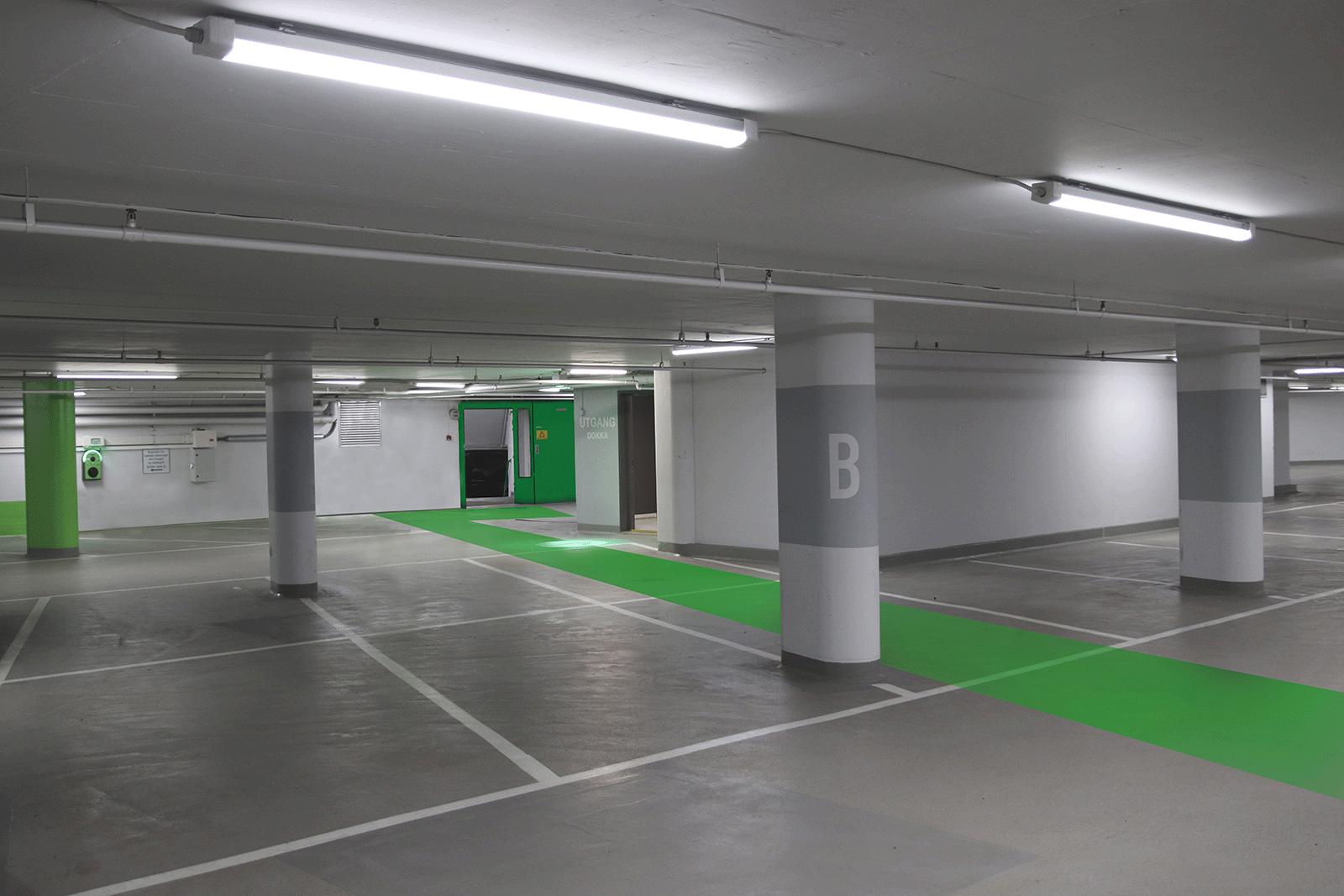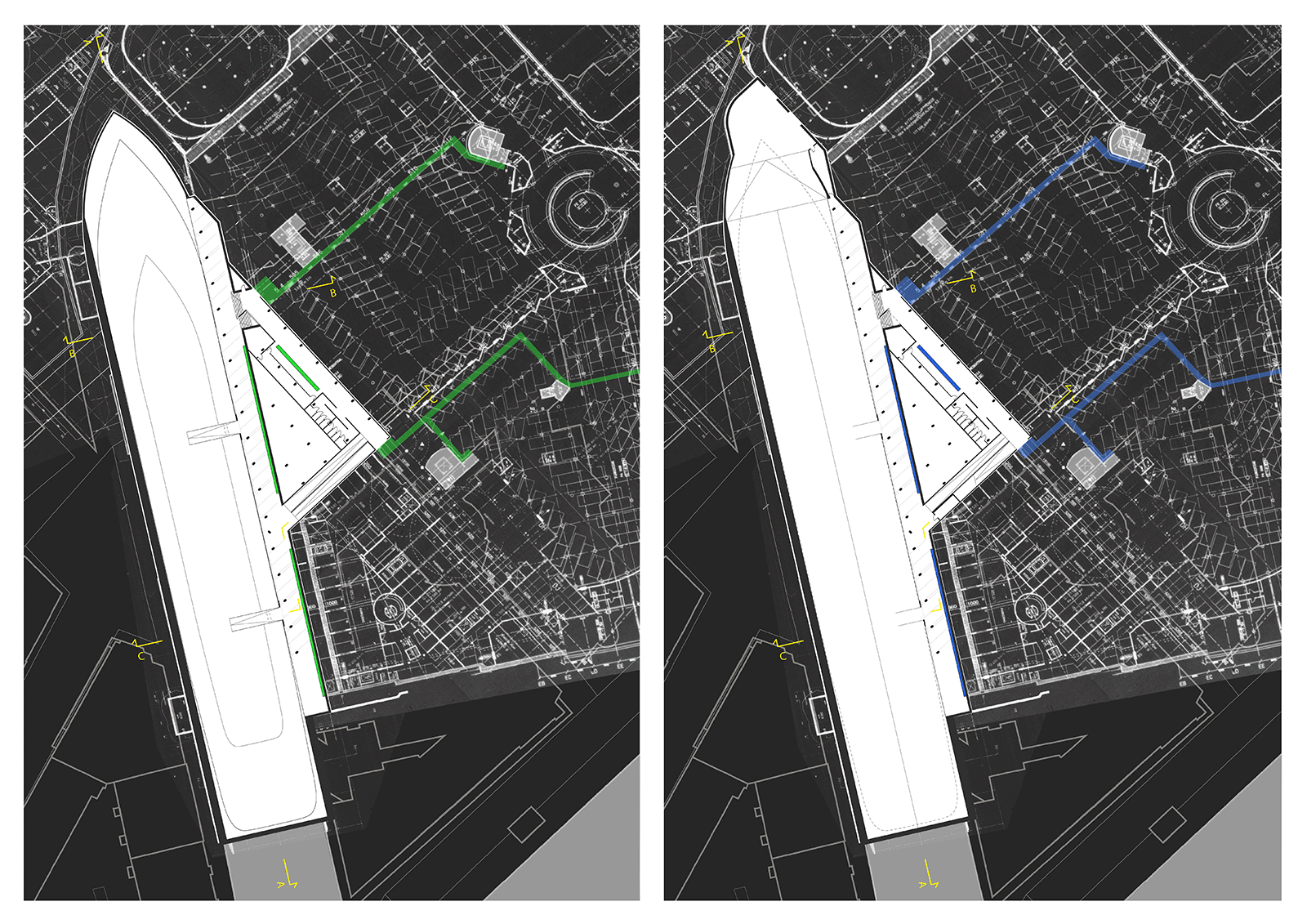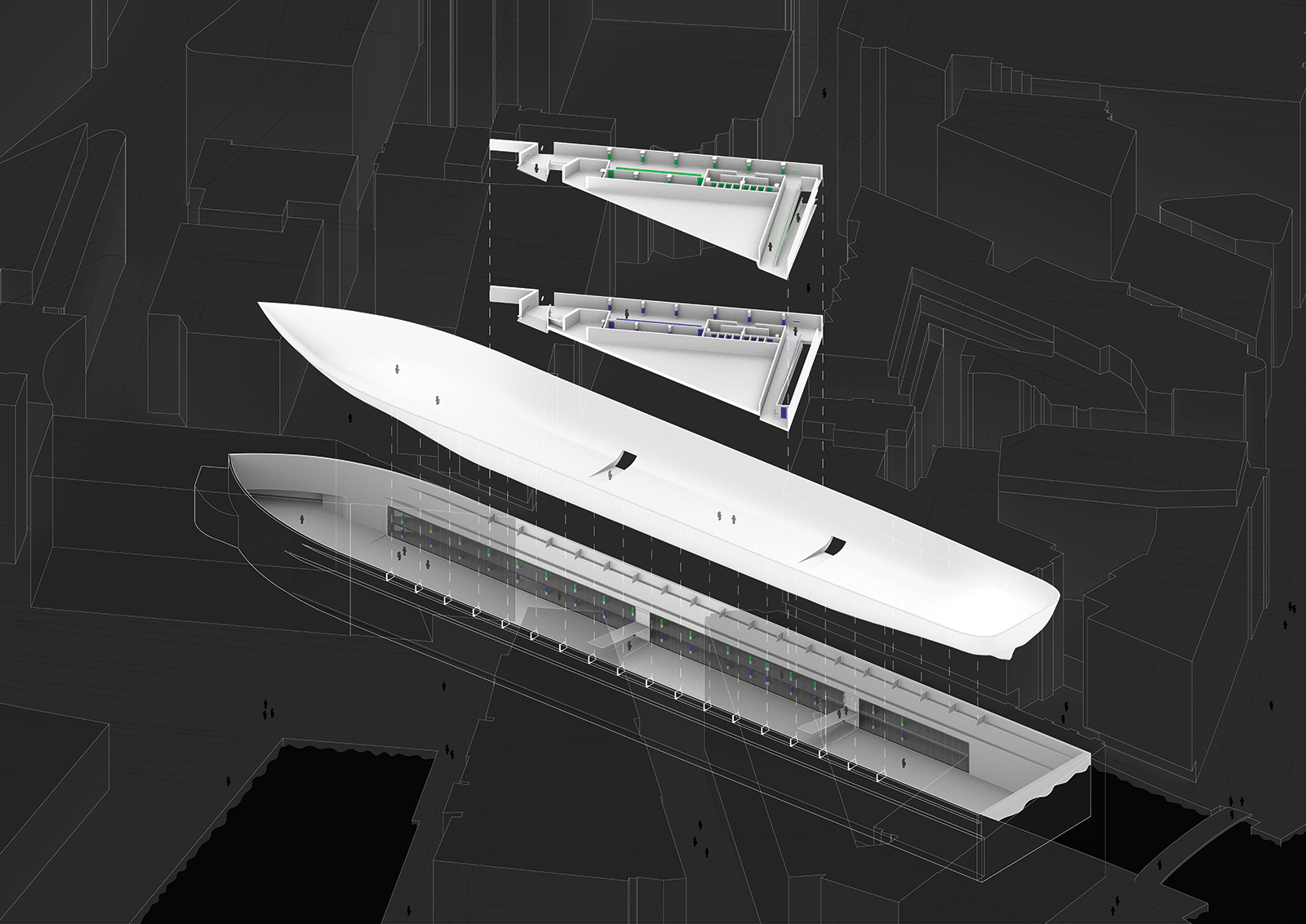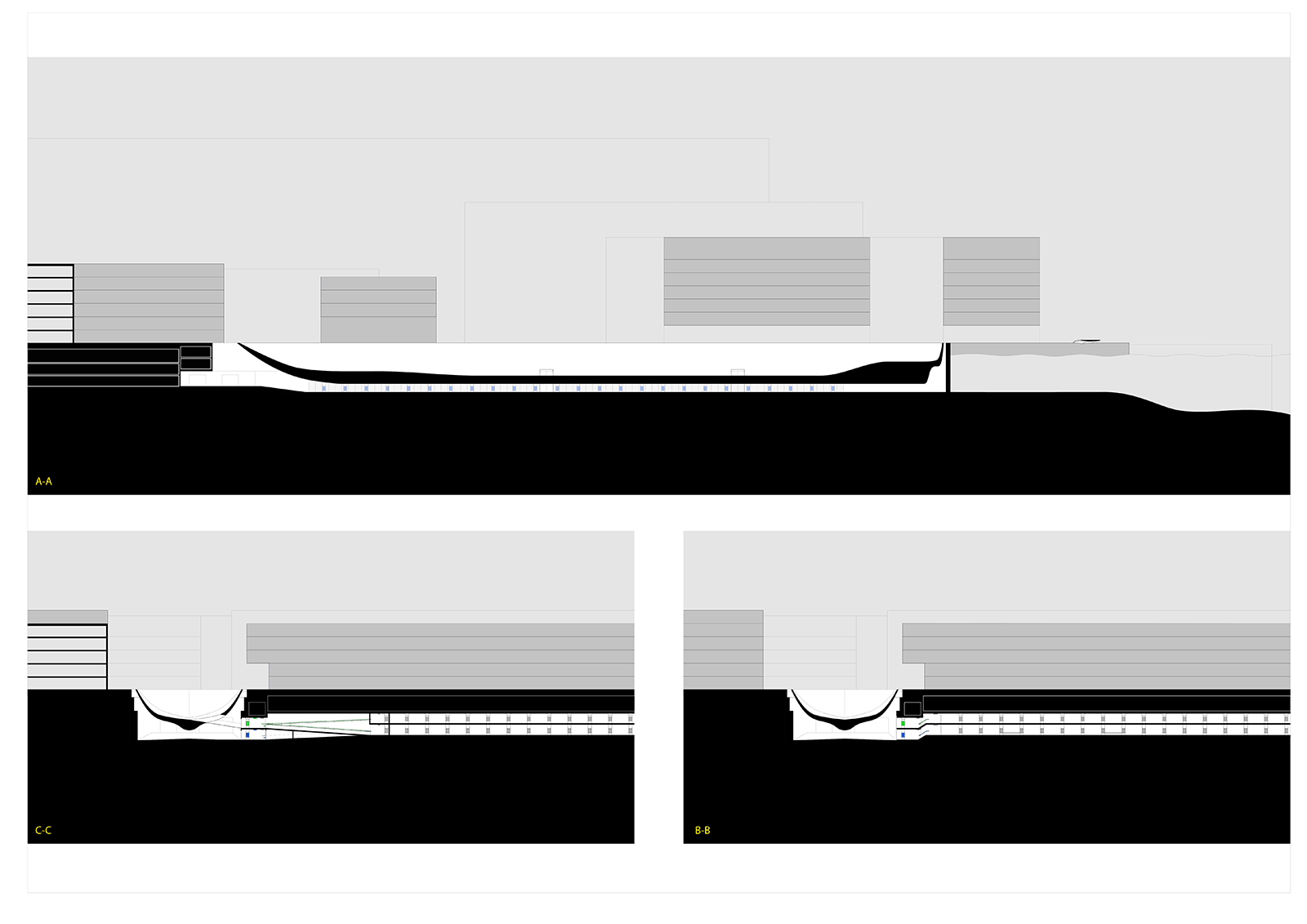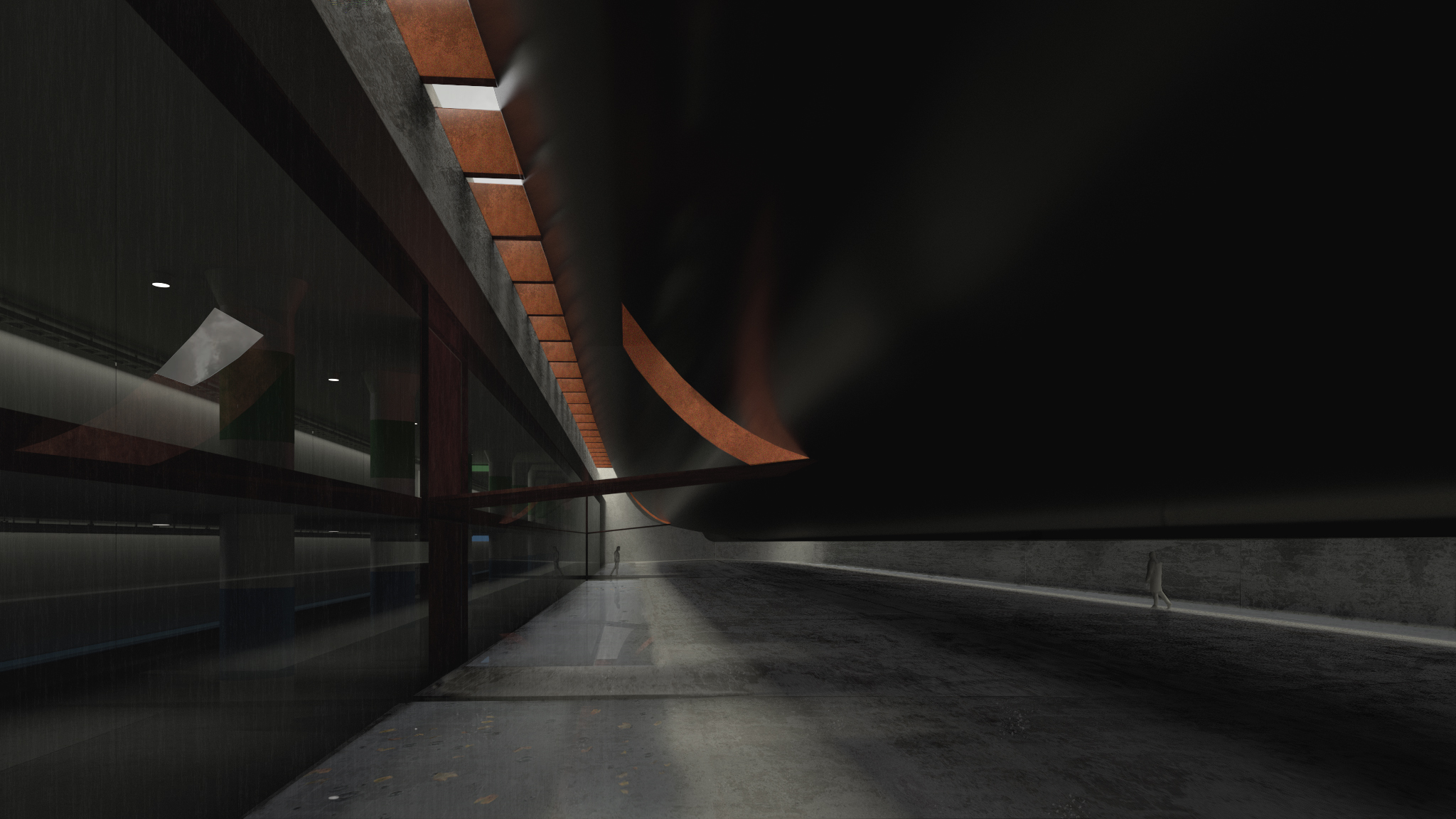
Velkommen skal du være!
Mitt navn er Espen Heimdal.Jeg er arkitekt og bygningsingeniør lokalisert på østlandet.
Nettsiden er nylig publisert, og flere prosjekter vil legges ut fortløpende de neste dagene. Følg med!
60.08426° Nord
11.11384° Vest
+47 414 34 756

2301-0301/209
Hidden in plain sight
A petroluem museum at Aker Mekaniske / Aker Brygge
Eastern Norway is not the region you intuitively think has a connection with petroleum. Aker ASA, one of the major petroleum companies in the world, has its roots from a mechanical workshop from Oslo established in 1842 - Akers Mechanical AS.
Like many companies with a long history, they tend to adapt to any crisis and transcend from one industry to another when necessary. Akers Mechanical ended up in Pipervika in 1854, later expanded to several locations and renamed their Oslo division to Nyland Vest. During the 1960’s the ship crises forced them to take upon large contracts from the uncertain petroleum industry. It was also at Nyland Vest the oil rigg “Ocean Viking” was built in 1967, the one that struck oil 23. December 1969 and later became the first production oil-rigg at Ekofisk.
- Studieprogram
- Re-store: Petroleum
- Prosjekt type
- Studiearbeid
- År
- 01.2023 - 06.2023
- Samarbeidspartner
- Markus Bengtsson
- Veiledere
- Erik Fenstad Langdalen
- Nicholas Ryan Coates
- Kim Pløhn
During the 1970s the Norwegian government launched a program to develop the country’s offshore oil resources. Akers Mechanical was one of the companies that played a major role in this effort.
The petroleum industry was growing rapidly, together with the national wealth. Aker expanded as a company and outgrew its production-space and had to move its production in 1982. This left a huge plot in the middle of city center, which the government and private investors saw as an opportunity to develop the area into a new, modern district in the capital. To fund the redevelopment project, they turned to Statoil (now Equinor) for financial support to create an international city that would attract business and investment to Norway. Influenced by the vision of Norway’s oil-rich future, Aker Brygge was eventually transformed from a rundown shipyard into a modern, vibrant district with upscale shops, restaurants, offices, and luxury apartments.
Studying the development of both Akers Mechanical as company and Aker Brygge as location, they are both representative for Oslo’s development. Akers Mechanical was the largest employer at the time and Aker Brygge is the first post-industrial project as a pilot for future developments in the capitol. When experiencing this place today, the narrative traces from Akers Mechanical are not prominent.

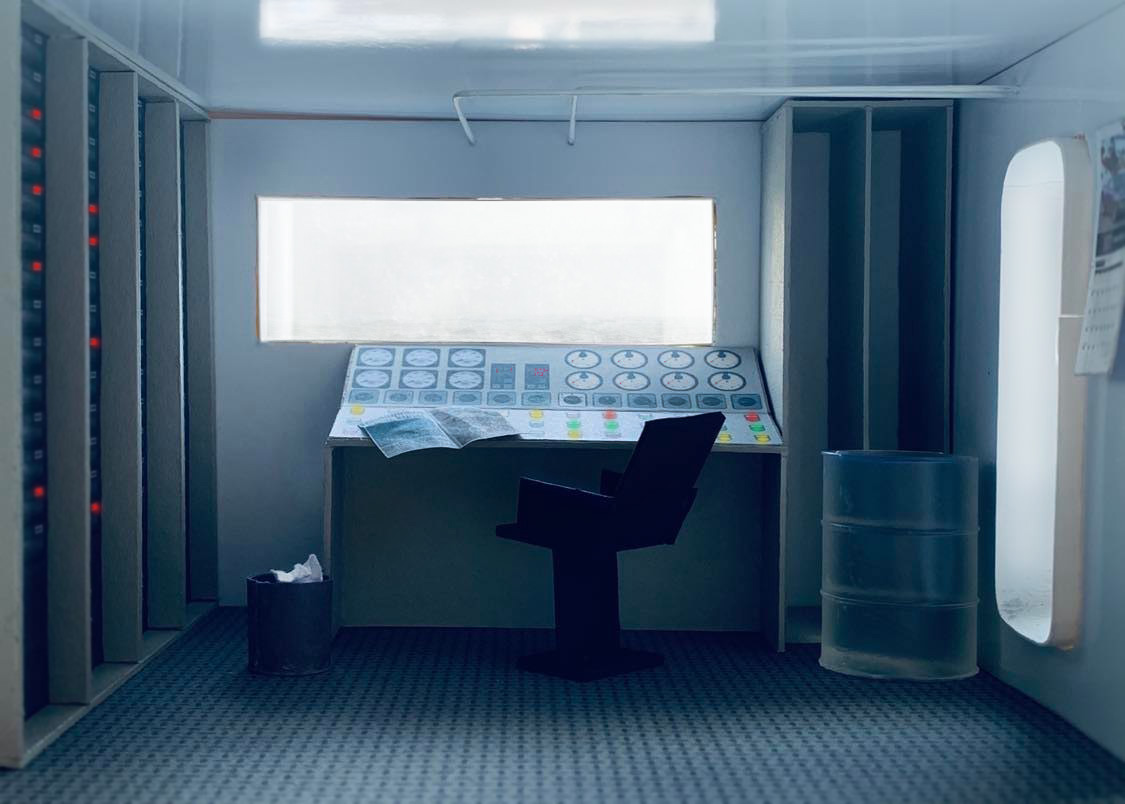
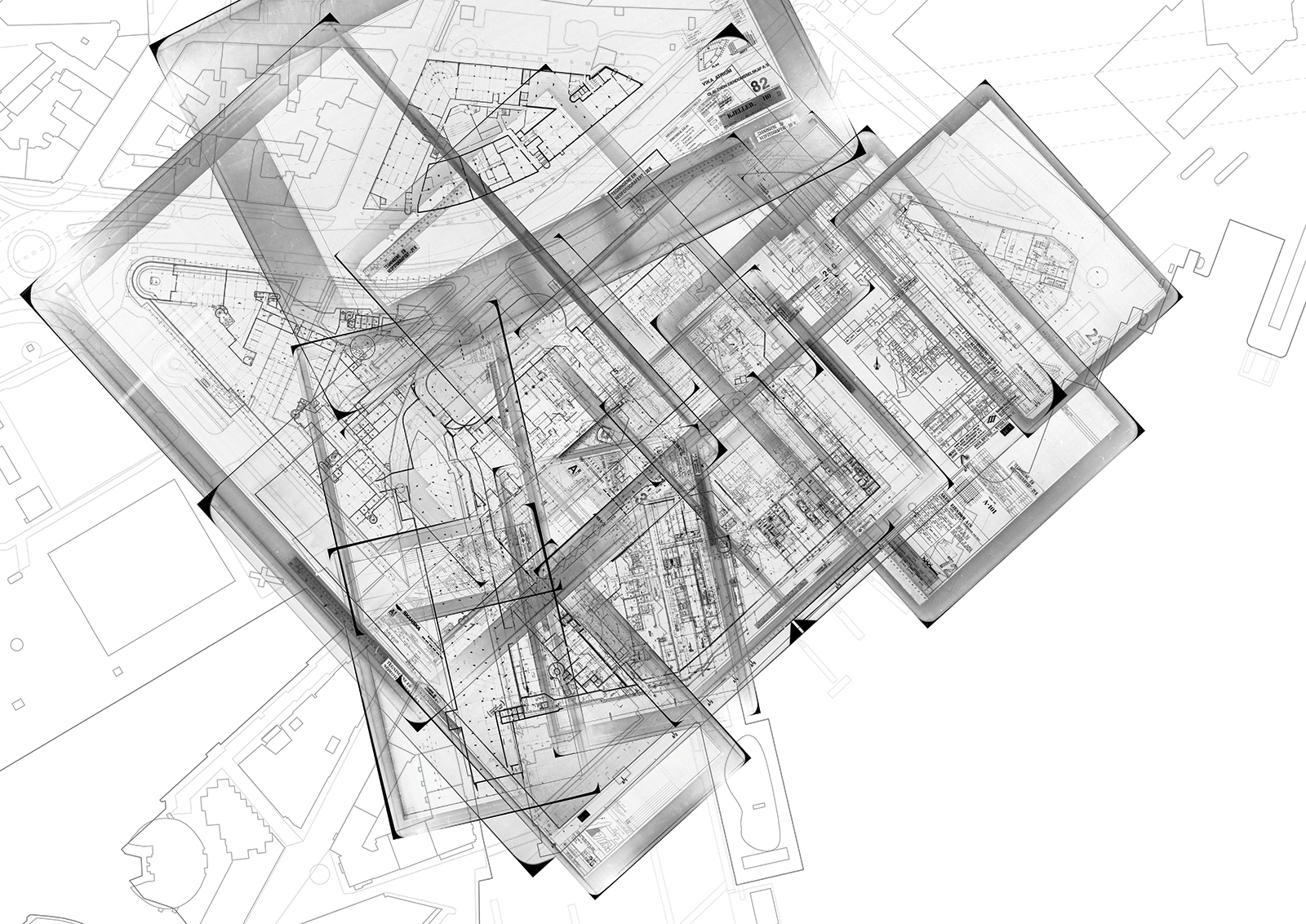
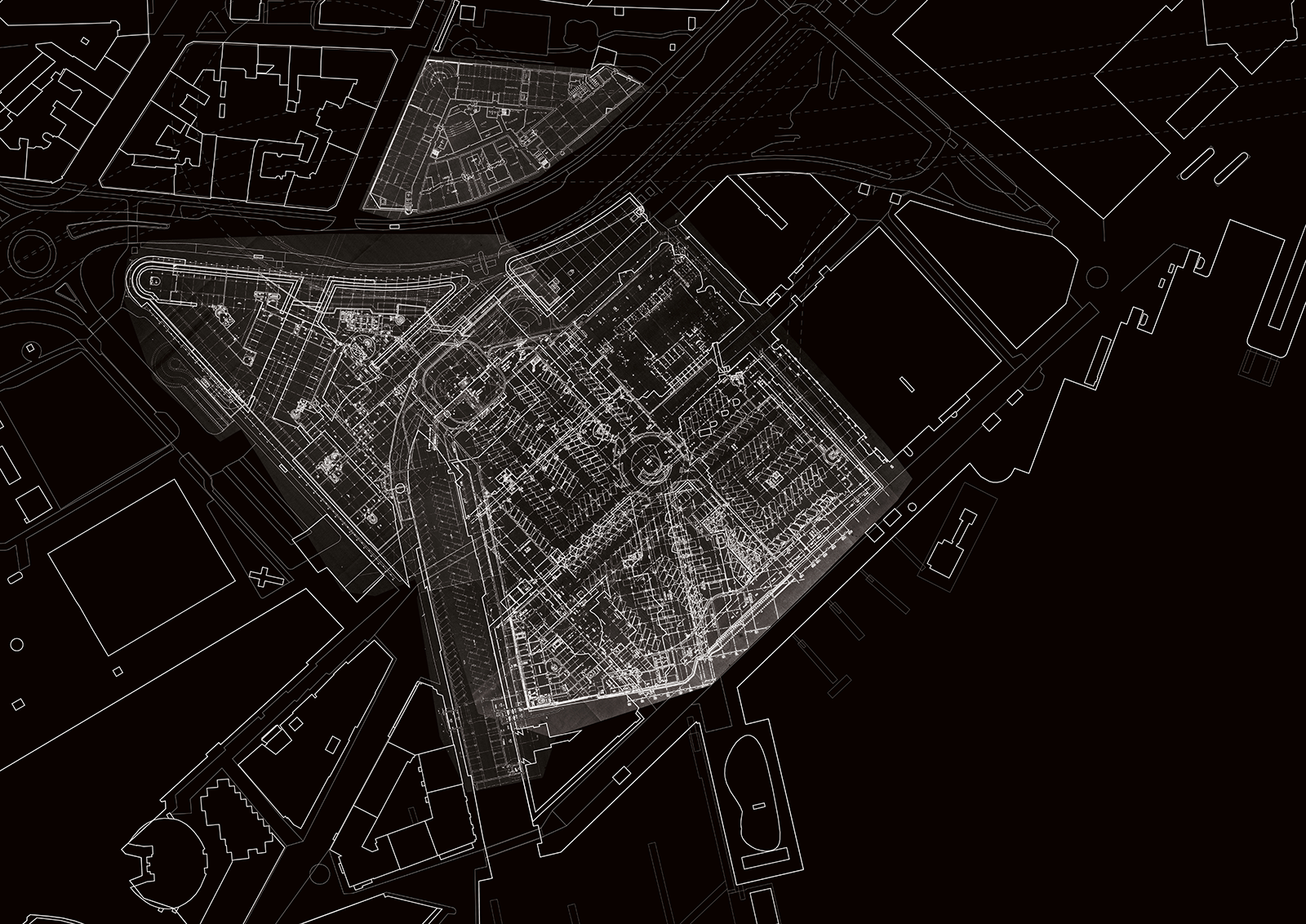
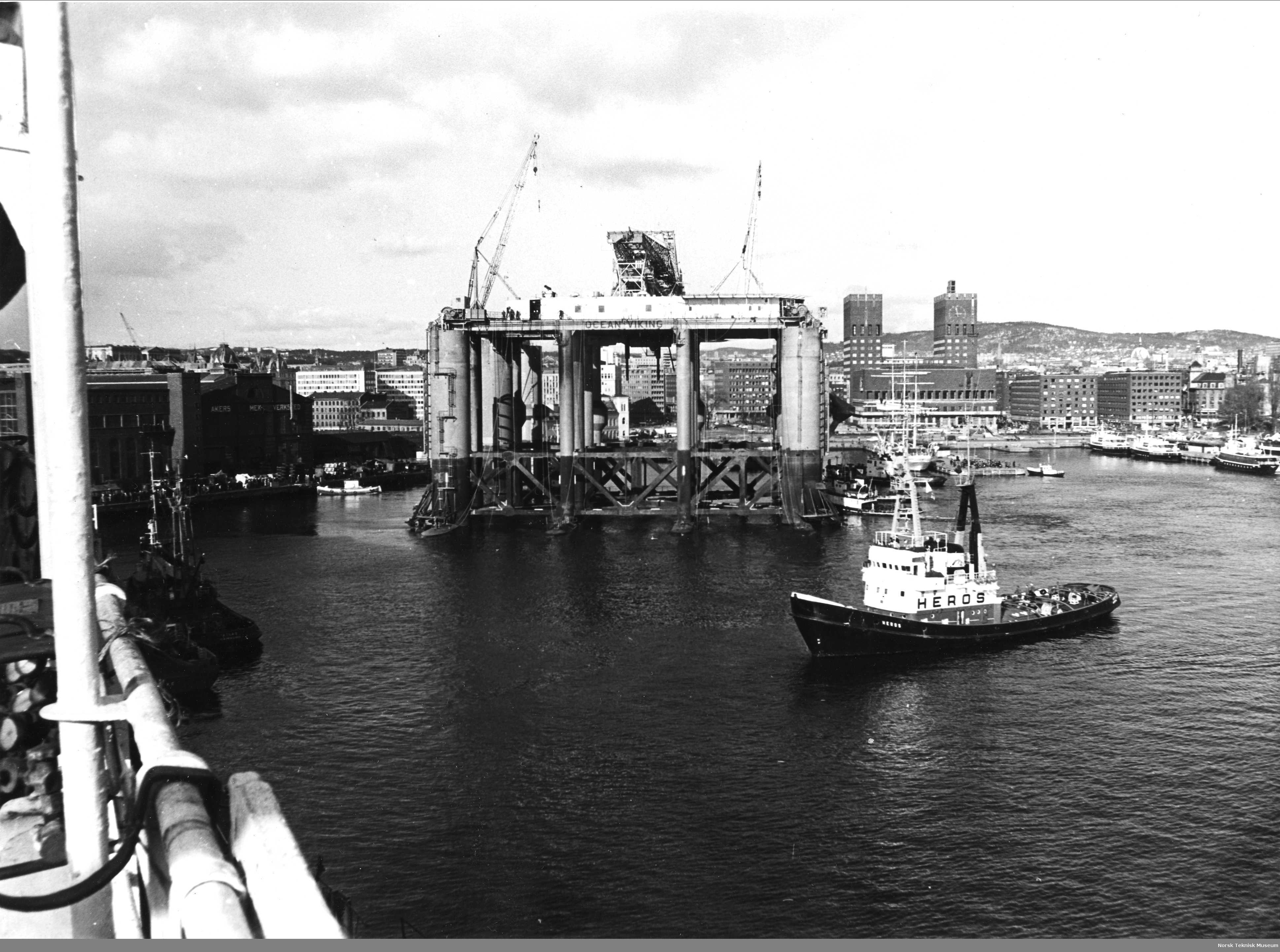


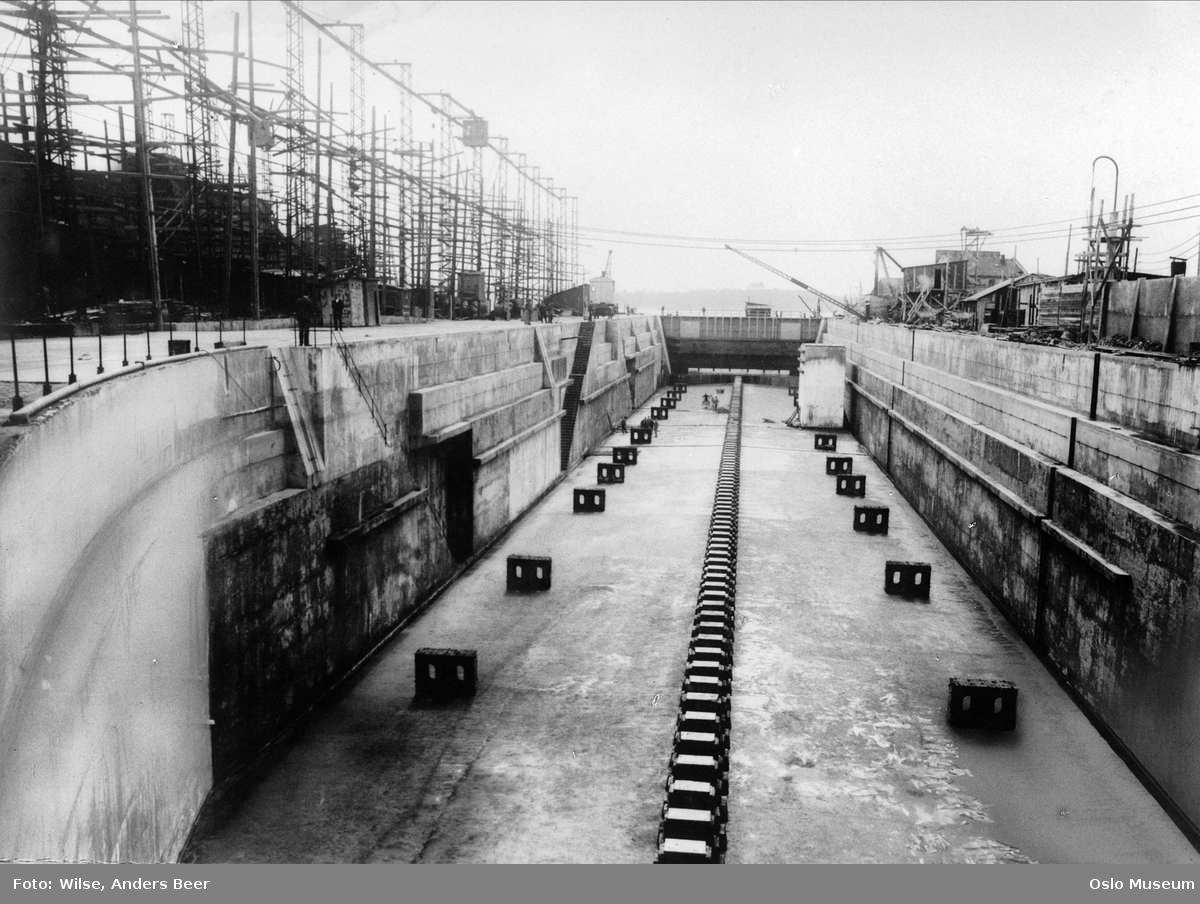
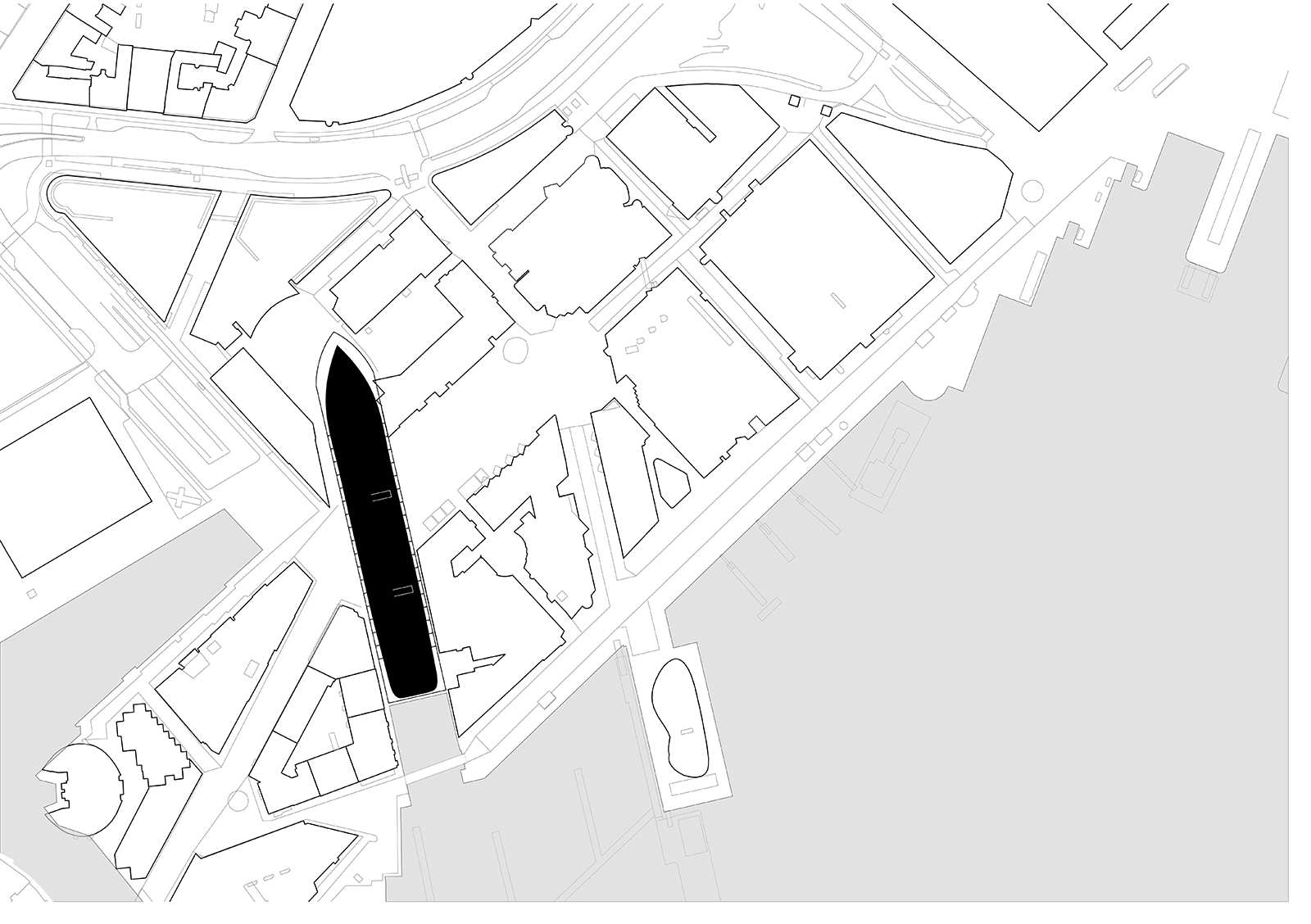
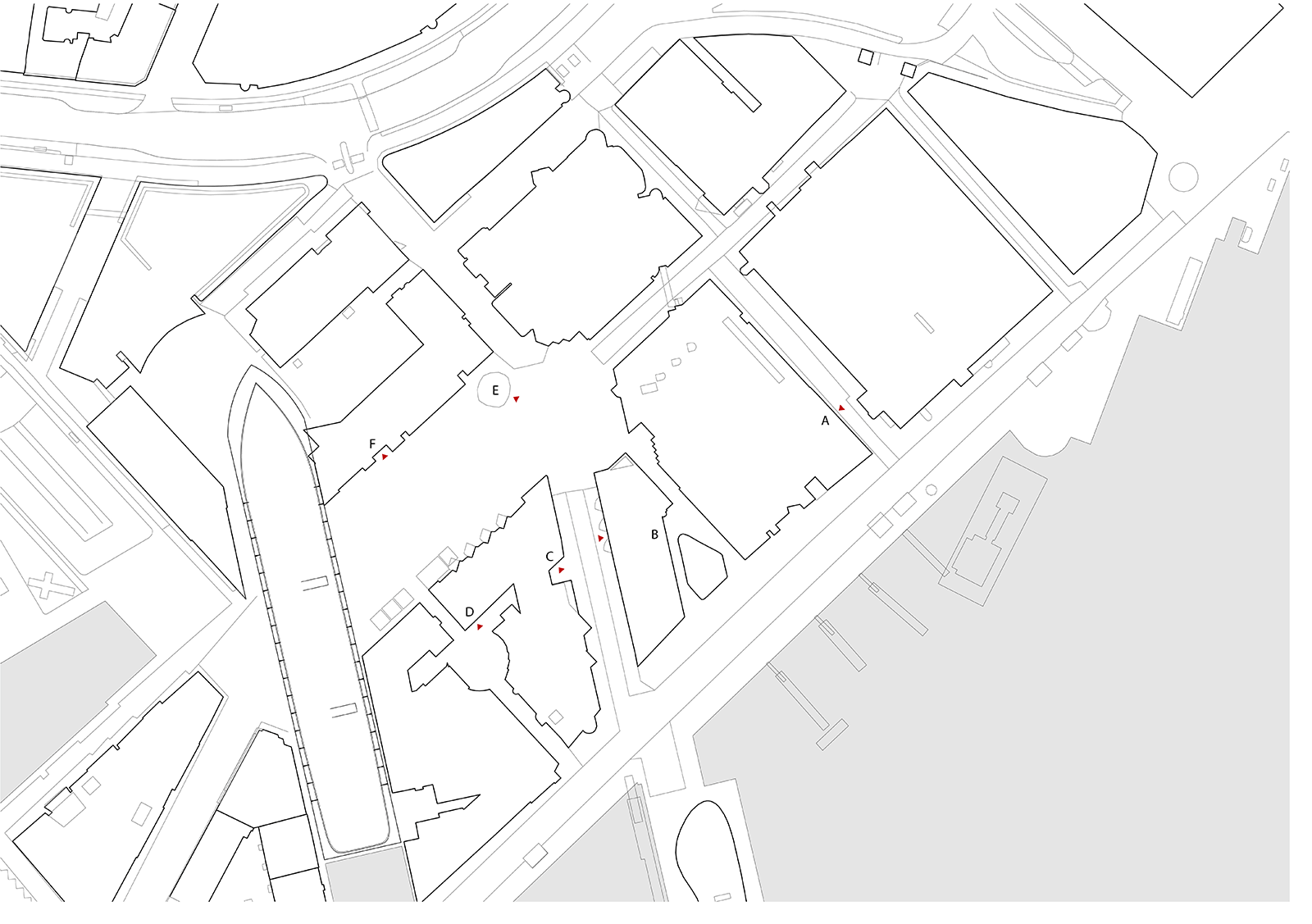

.png)
